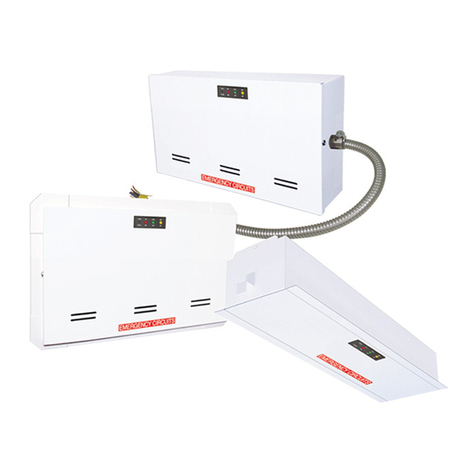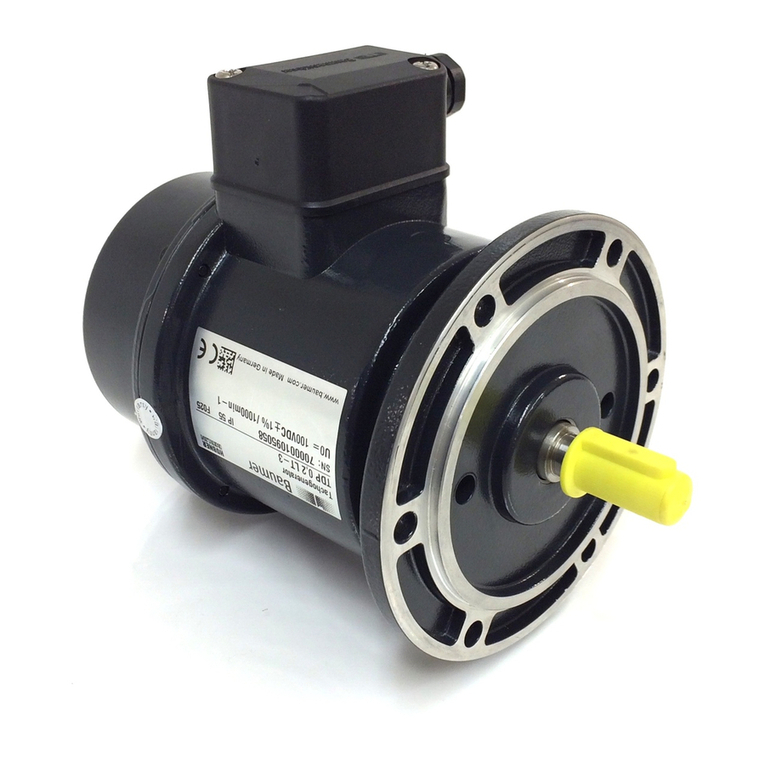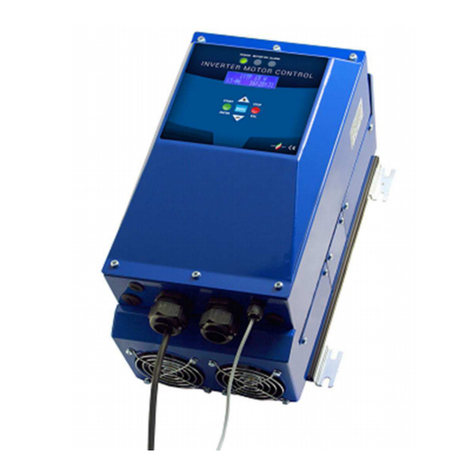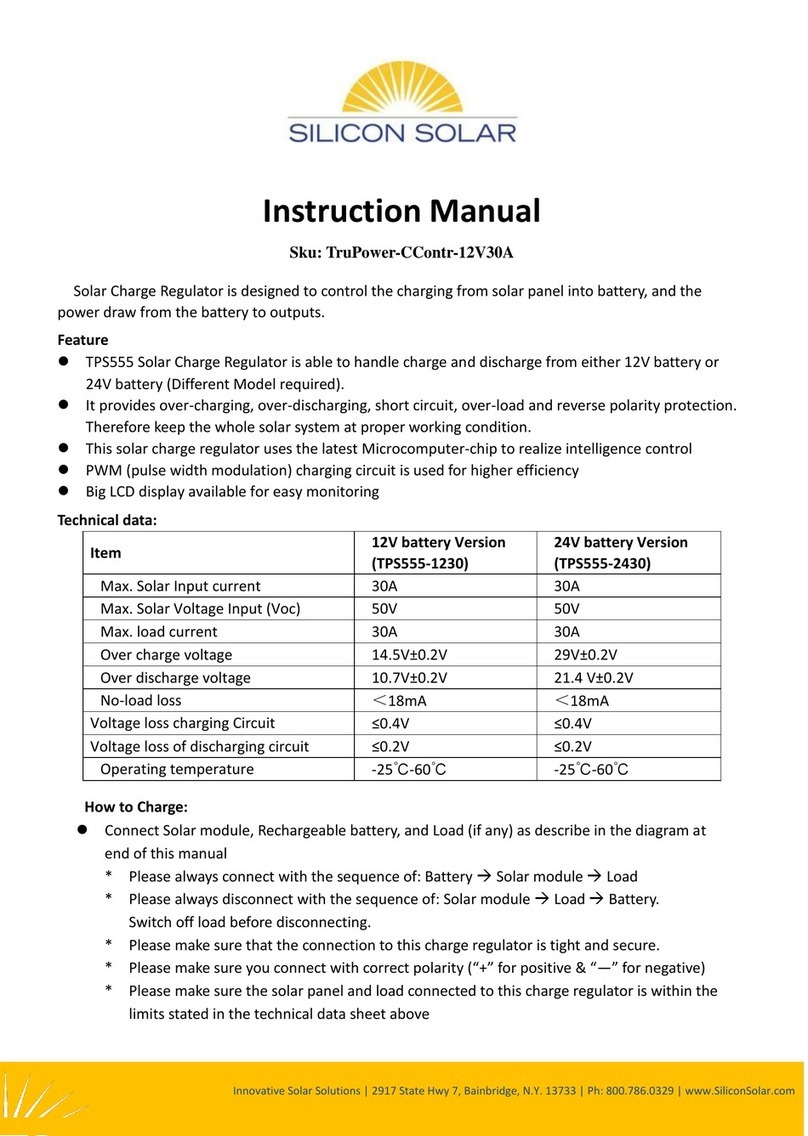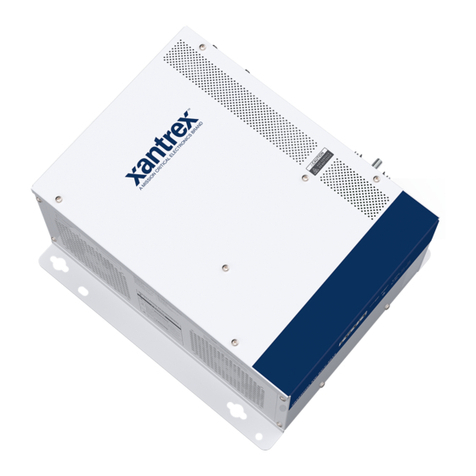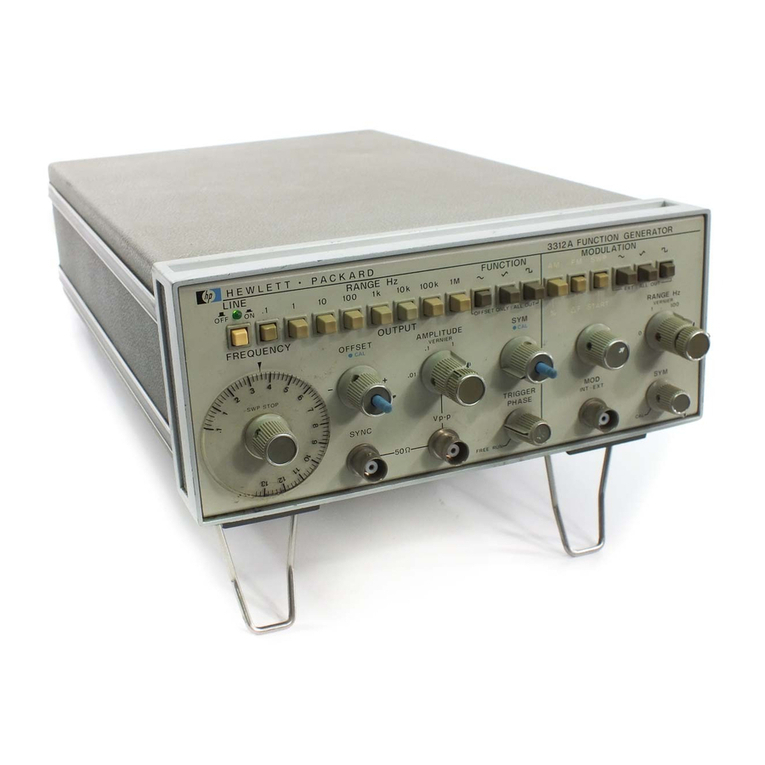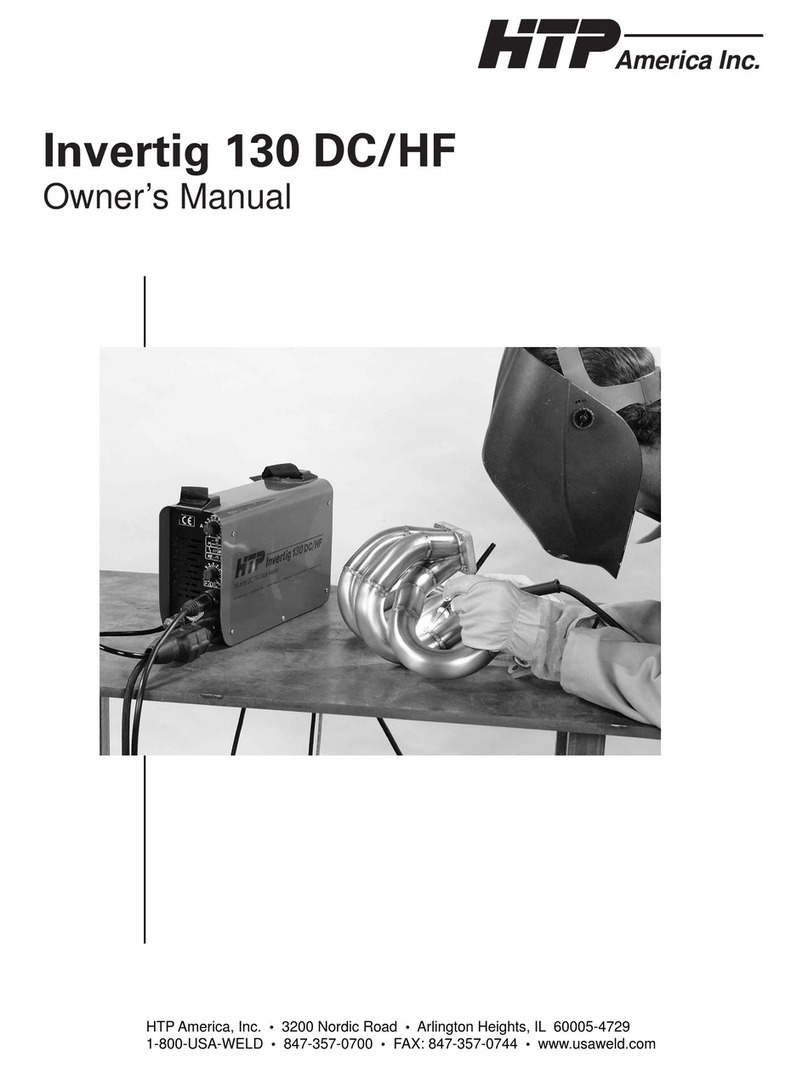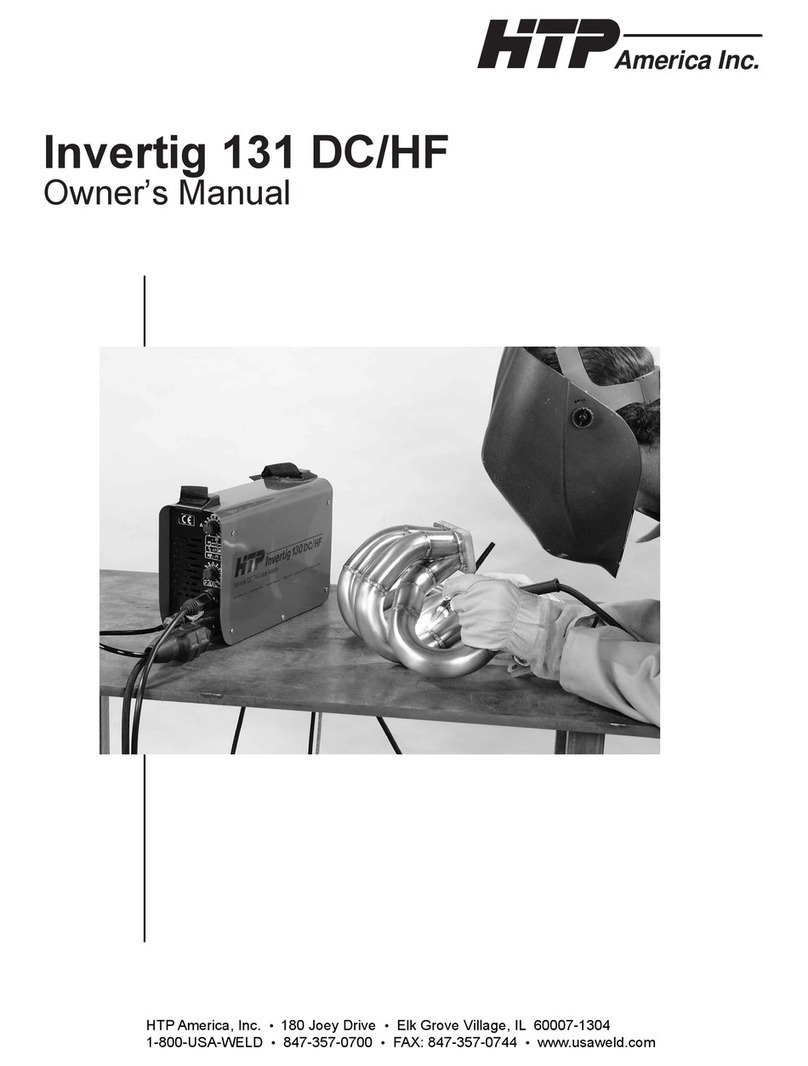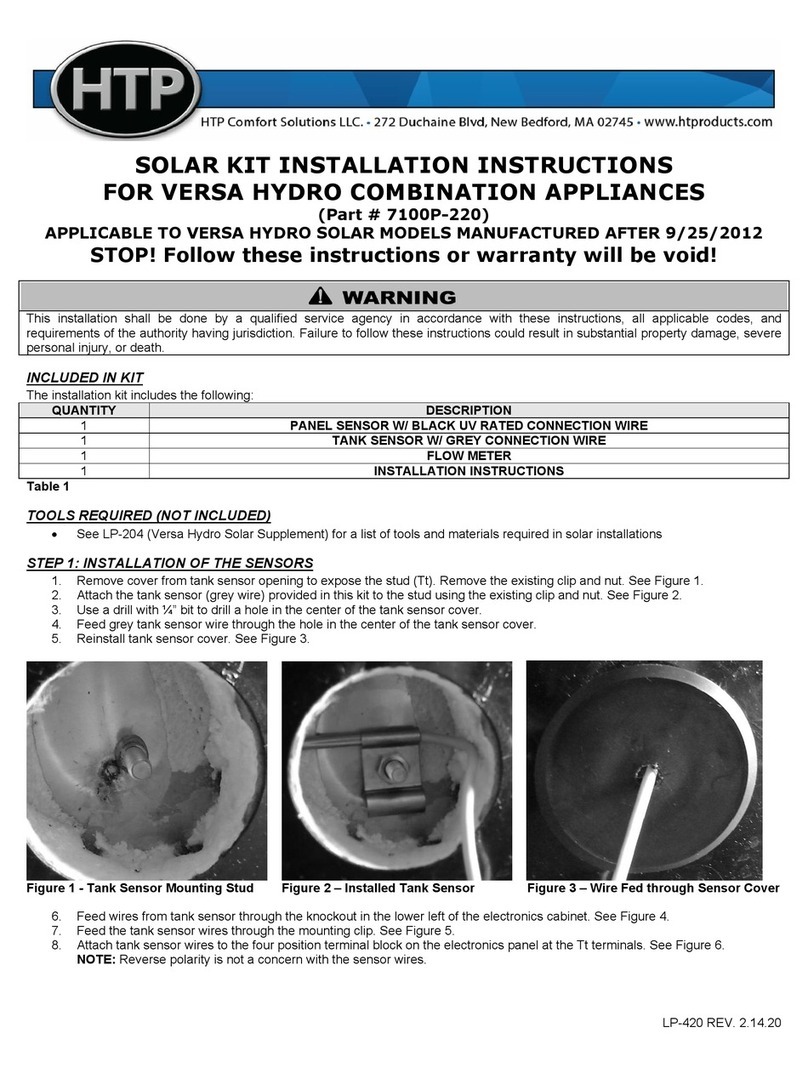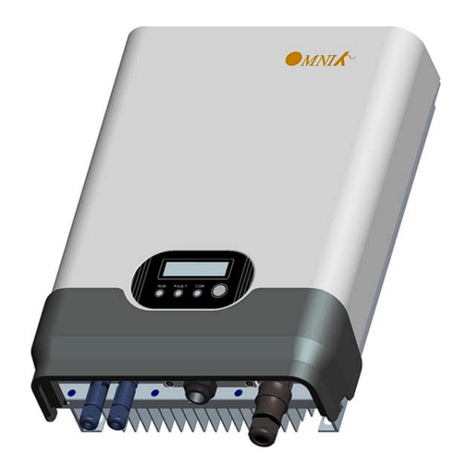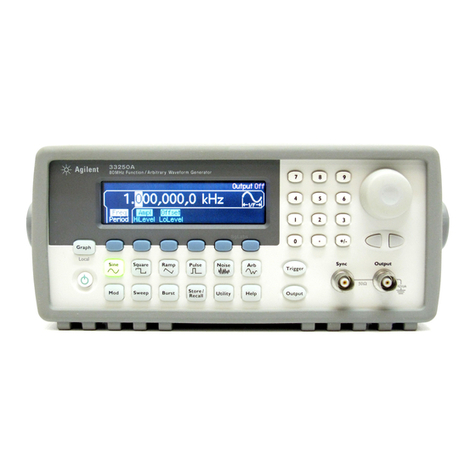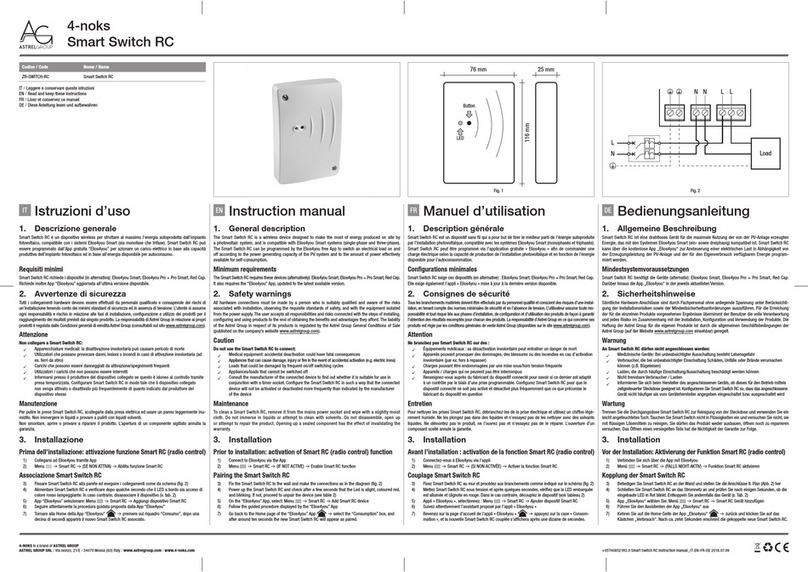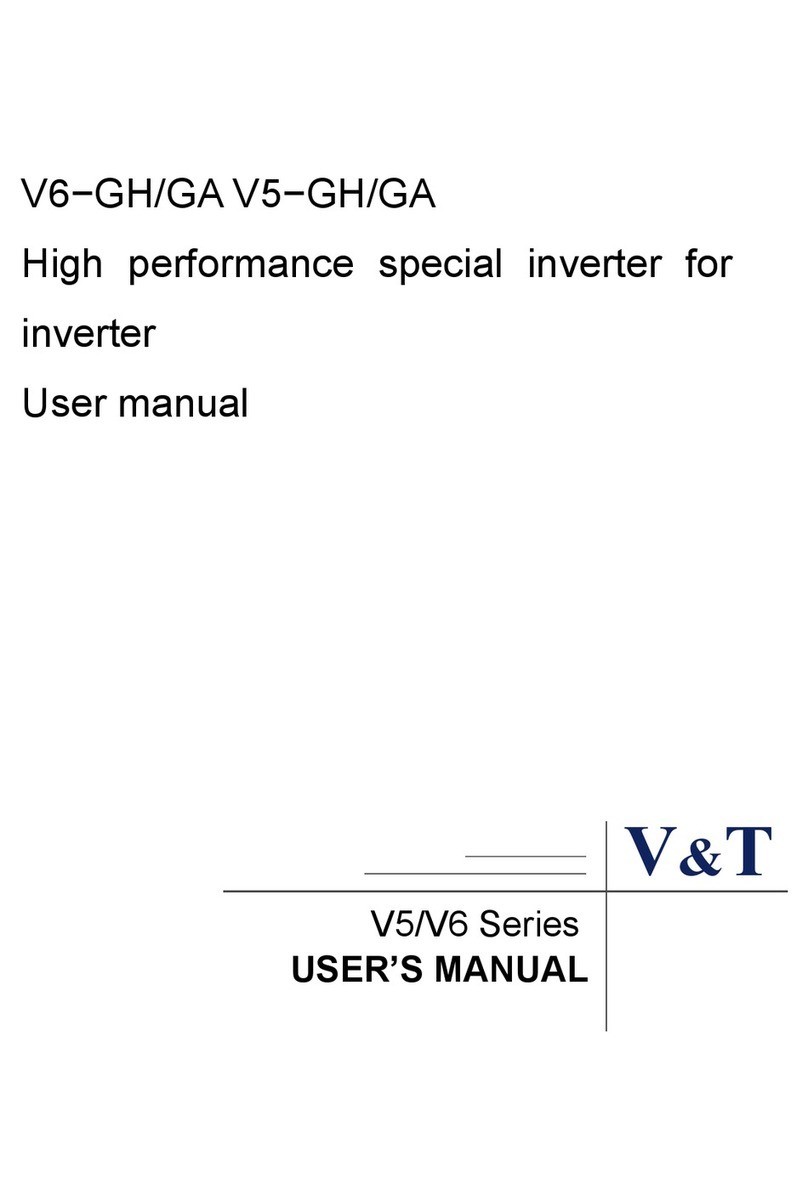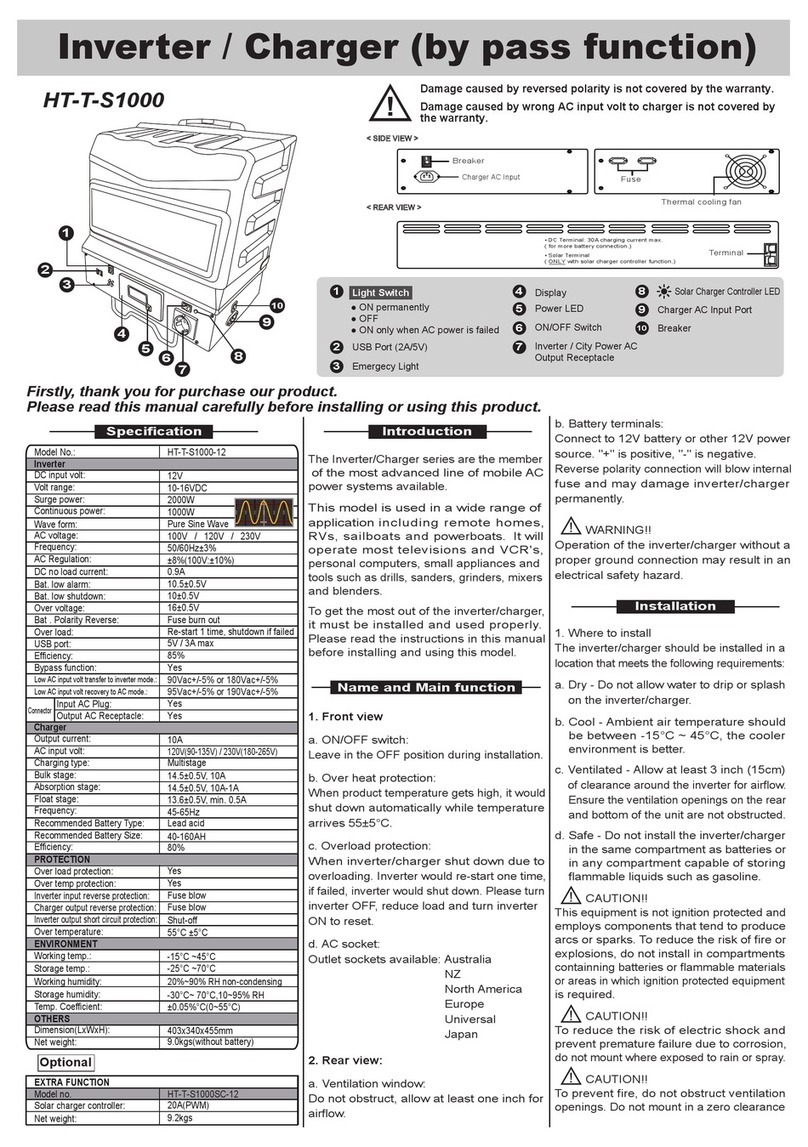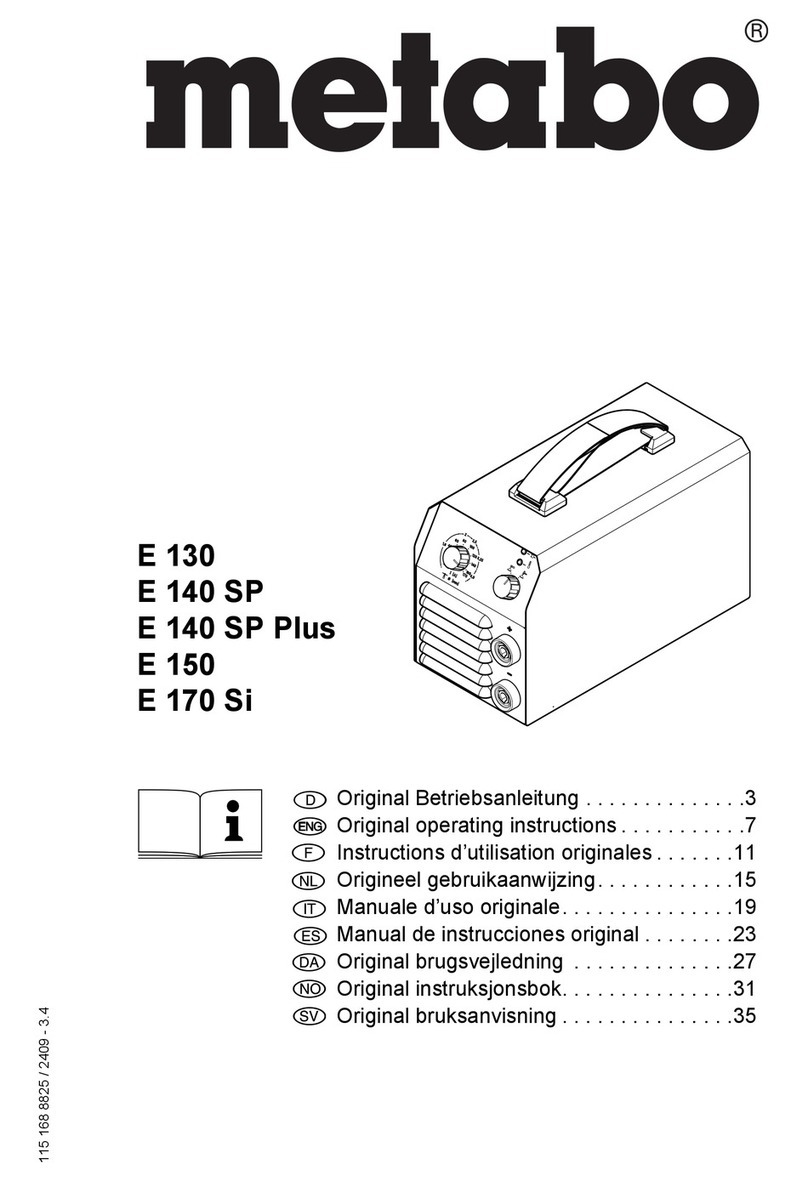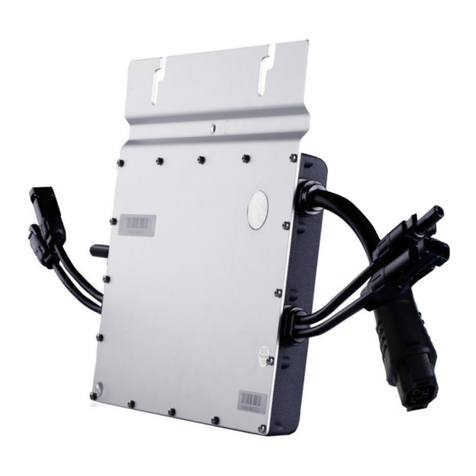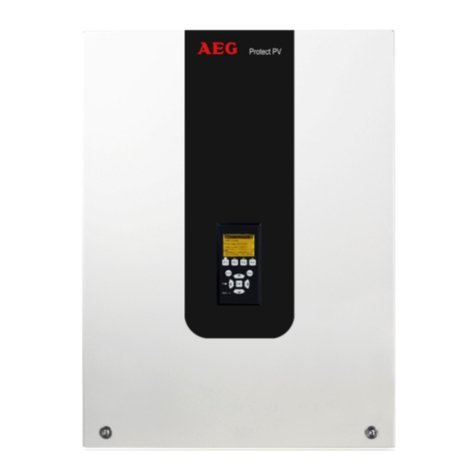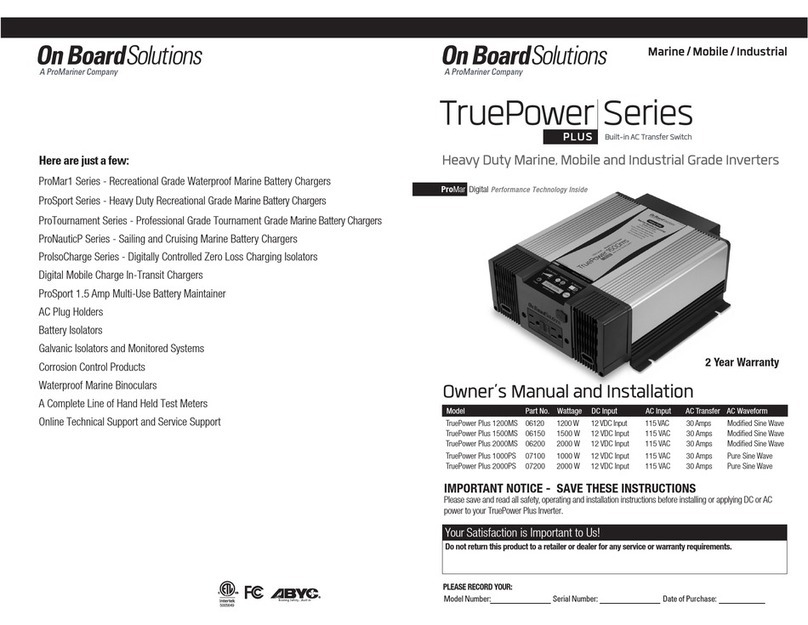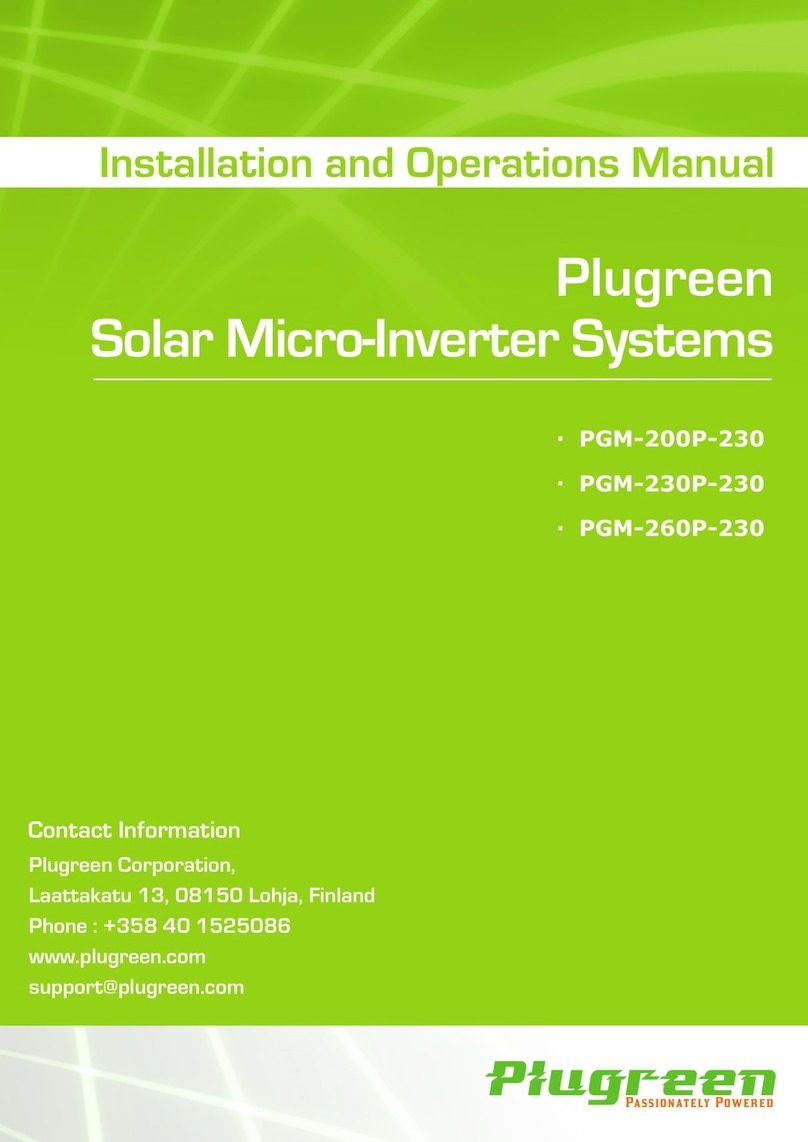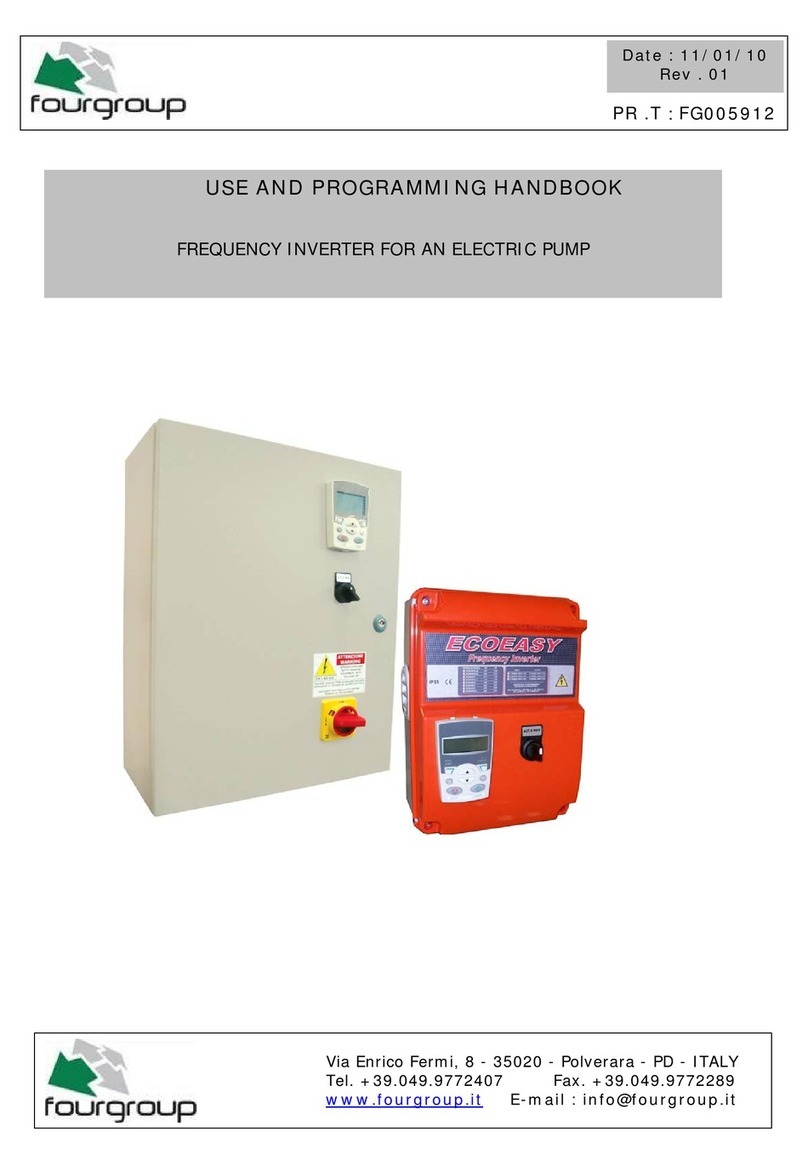
lp-585 Rev. 000 Rel. 001 Date 9.10.18
5
Failure of the drain back tank, solar system, or components due to
freeze related damage IS NOT covered by product warranty.
Part 2 - Important Information
A. Scope of this Manual
This manual pertains only to the installation and operation of
the drain back tank. Details for the installation, operation, and
maintenance of the complete solar water heating system, including,
but not limited to: the solar collector(s), storage tank, gas booster,
pump, system controller, valves, and other plumbing components,
should be provided separately by their respective manufacturers.
NOTE: This manual is primarily a reference document for authorized
installation individuals, as the drain back tank is not permitted to be
installed by non-authorized persons.
In order to meet health and safety regulations, solar system
antifreeze uid should be food grade polypropylene glycol, FDA
rated as “generally recognized as safe” (GRAS). The recommended
glycol is DOWFROST or equivalent. Using proper concentrations of
glycol, solar systems can be operated at ambient temperatures as
low as -60oF. Freeze tolerance limits are based upon an assumed
set of environmental conditions. Refer to the specication sheet
included with the glycol for recommended concentrations. A glycol
/ potable water mix must not exceed 50%, unless the manufacture
species that a dierent ratio is recommended for use with solar
water heaters. Glycol may need to be changed periodically
(every 3-5 years) to prevent it from becoming acidic; please refer
to the guidelines provided by the glycol manufacturer regarding
replacement.
B. Local Standards and Authorized Persons
Installation must be completed in accordance with local standards
and regulations.
Installation must also be completed by a qualied tradesperson
who holds relevant industry licenses or certicates. The term
“authorized person(s)” used throughout this document refers to a
suitably qualied professional. Unless otherwise specied, no part
of the drain back tank may be inspected, repaired, or maintained by
anybody other than an authorized person.
C. Terminology
Solar terminology diers from region to region. To avoid confusion,
please note the following:
Supply – The plumbing line running from the outlet of the solar
collector to the drain back tank and solar water heater.
Return – The plumbing line running from the solar water heater to
the inlet of the collector. This line incorporates the circulation pump.
D. System Design
Drain Back Systems
The drain back method provides eective overheating and freeze
protection, making these systems well-suited for all climates. When
storage tank water temperature settings are reached or the collector
temperature falls below a set temperature, the pump shuts o,
allowing the HTF to drain back into the tank. Drain back systems use
potable water or a glycol / potable water mix as HTF.
Drain back systems require larger pumps to move HTF up and into
the solar collectors. Mounting the drain back tank as high as possible
within conditioned space will reduce pump size.
For drain back systems, the solar loop often operates at less than
25 psi, far lower than open or closed loop systems. These low
operating pressures do not require an expansion tank. A pressure
relief valve, installed on the drain back tank and piped in copper to
an appropriate drainage location, will provide sucient expansion
protection. This pressure relief valve and drain outlet pipe must
never be sealed or blocked. The pressure relief valve is intended to be
operated for safety purposes only.
NOTE: Supply and return connections to the collector must use
eccentric ttings or a tting arrangement that allows full draining
of header pipes. The collector or array must be mounted at ¼” pitch
towards the supply port to facilitate the drain back process. In addition,
collector plumbing should slope toward the drain back reservoir at
¼” per foot minimum to facilitate the drain back process. If continual
slope is not achievable, consider a pressurized closed loop system.
E. Fluid Quality
Water quality is very important. Water in direct ow through the
solar collectors must rst meet potable water requirements; any uid
circulated through the collectors should be non-corrosive to copper. In
addition, water quality must meet the following requirements.
Total Dissolved Solids < 500 ppm
Total Hardness < 7 grains (120 ppm)
Chloride < 100 ppm
pH Levels 6.5 - 8.5
Table 3 - Water Quality Requirements
In order to meet health and safety regulations, glycol used should be
food grade propylene glycol, FDA rated as “generally recognized as
safe” (GRAS). If using a glycol / potable water mix, the water must meet
the above requirements. The glycol content of the liquid must not
exceed 50%, unless the manufacturer species that a dierent ratio
is recommended for use with solar water heaters. Glycol should be
checked periodically to prevent it from becoming acidic. Please refer
to guidelines provided by the glycol manufacturer regarding glycol
maintenance.
F. Corrosion
Both copper and stainless steel are susceptible to corrosion when,
amongst other factors, high concentrations of chlorides are present.
NOTE: Leakage of the drain back tank due to corrosion caused by
improper water quality IS NOT covered by product warranty.
G. Freeze Protection
Though drain back systems provide freeze protection by allowing HTF
from the solar collectors to drain into a reservoir in freezing conditions,
it is important to locate the drain back tank in a location not prone
to freezing conditions. Freeze protection must be implemented in
any regions that may experience freezing conditions at any time
throughout the year.
“Freeze tolerance limits are based upon an assumed set of
environmental conditions. Extended periods of cold weather, including
ambient air temperatures below the specied limit, may cause
freezing in exposed parts of the system. It is the owner’s responsibility
to keep the system’s freeze protection levels maintained in accordance
with the supplier’s instructions if the air temperature is expected to
approach the specied freeze tolerance limit.”
Part 3 - General Solar Information
A. System Description
By using the sun’s energy to heat water, solar hot water heating systems
help reduce the nation’s dependence on polluting fossil fuels. This
reliable, ecient drain back tank meets the certication requirements
of SRCC-OG-300.
Basic components of a drain back solar water heating system include:
the solar collector(s), a solar water heater, a circulator pump, and a
dierential solar control.
Drain back solar systems use potable water or a glycol / potable water
mix as a heat transfer uid (HTF) and operate in a closed loop. A drain
back reservoir tank allows the solar collector(s) to drain HTF when not
in use, protecting the system from both freezing and overheating. HTP
